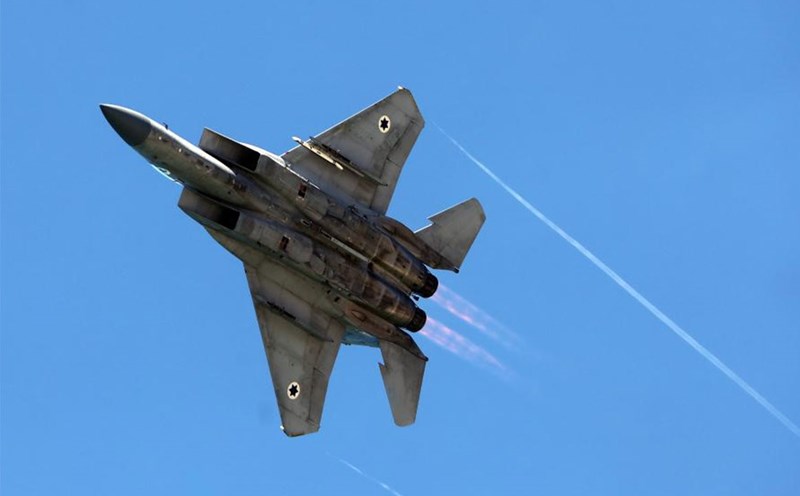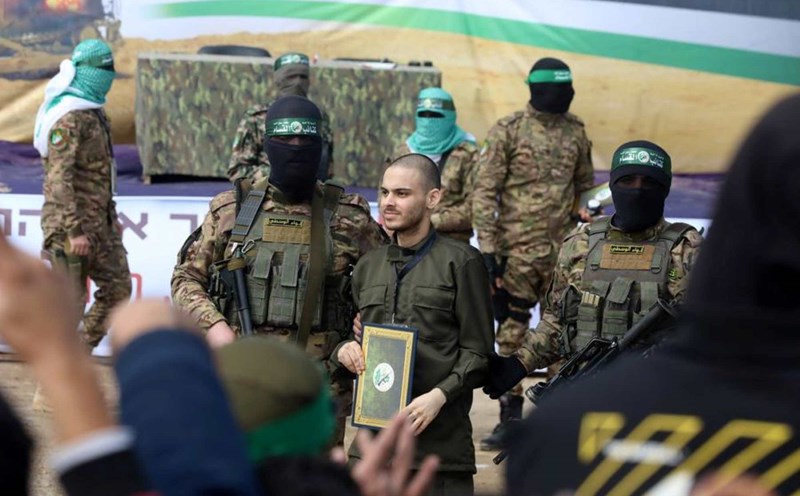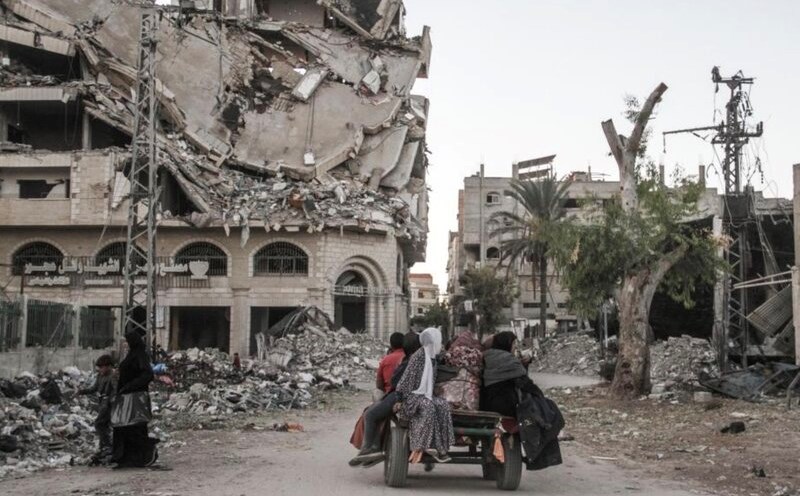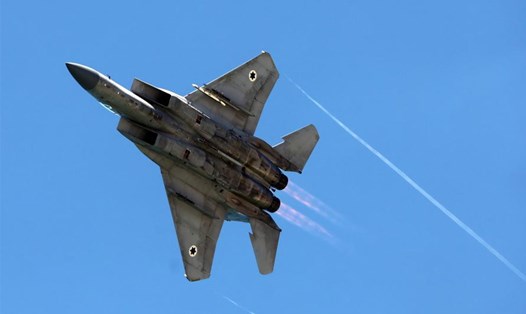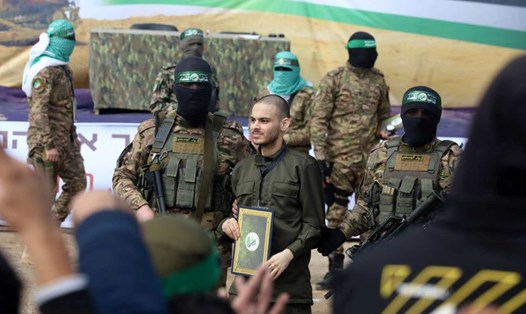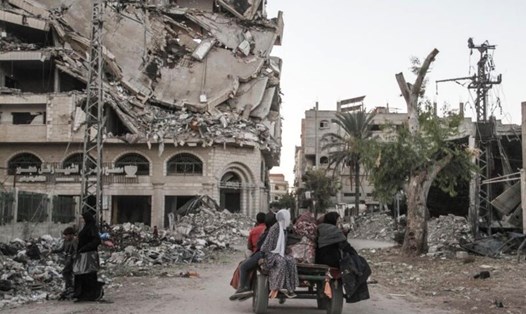The war continues in the Gaza Strip as the ceasefire agreement has only been implemented by Hamas and Israel in phase 1, although it is not really complete. Once phase 2 was not started, the agreement was a thing of the past.
The breakdown of the war and the recurrence of the war give prospects and now a new ceasefire agreement - not to mention a peaceful political solution for the war between Hamas and Israel - is more uncertain.
Hamas launched the war this time but it seems that Israel was the one who broke up the ceasefire agreement. Israel has not been ready to negotiate with Hamas on the implementation of phase 2 of the agreement. Israel later cited Hamas's refusal to accept the US proposal (other than the content of the ceasefire agreement between Israel and Hamas) to leave airstrikes and military attacks on land in the Gaza Strip.
The ceasefire was signed between Israel and Hamas before Donald Trump returned to power in the US. Trump has only urged Hamas to release hostages without forcing Israel to withdraw troops from the Gaza Strip as stipulated in phase 1 of the ceasefire agreement.
Mr. Netanyahu fought with Hamas because he believed that only by using overwhelming military force could and would it be possible to eliminate Hamas in the Gaza Strip. Mr. Netanyahu does not want to let any Palestinian organization or force manage the Gaza Strip, thereby making it impossible for the Palestinians to establish an independent state with sovereignty and territory including the Gaza Strip.
Continuing the war with Hamas will help Mr. Netanyahu maintain his position in power in Israel by satisfying the far-right and extreme nationalism in the current coalition government, keeping it from falling apart. The Gaza Strip has not yet finished the ceasefire but has been experiencing fierce fighting.

